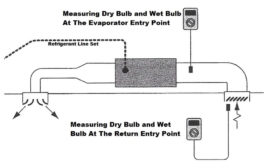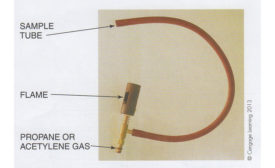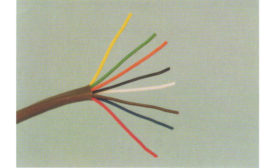Home » troubleshooting and HVACR
Articles Tagged with ''troubleshooting and HVACR''
Properly Applying the Touch Test
Understanding temperature relationships can provide a ‘first glance’ into system troubles
Read More
Geothermal Service is Simple and Straightforward
Maintenance and troubleshooting tips from the trenches
Read More
Copyright ©2024. All Rights Reserved BNP Media.
Design, CMS, Hosting & Web Development :: ePublishing














